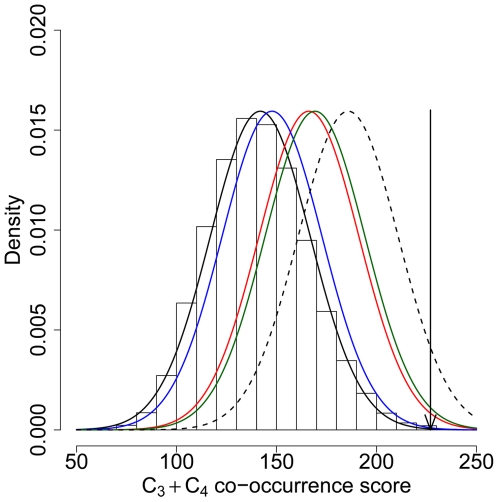Figure 3. Orthologous genes co-occur in selective sweeps more often than expected by chance.
There are 61 triplets and 11 quartets of orthologous genes that occur in putative selective sweeps simultaneously yet independently in human and two or three other primate genomes respectively (C3+C4 score = 227, black arrow). This is significantly more than expected by chance as shown by a co-occurrence test (black distribution) with 100,000 iterations, even after controlling for gene density alone (blue distribution), recombination alone (red distribution), or gene density and recombination simultaneously (green distribution) (see Methods). The dotted black distribution represents the hypothetical distribution where the observed score would still be significant at the 5% threshold.

